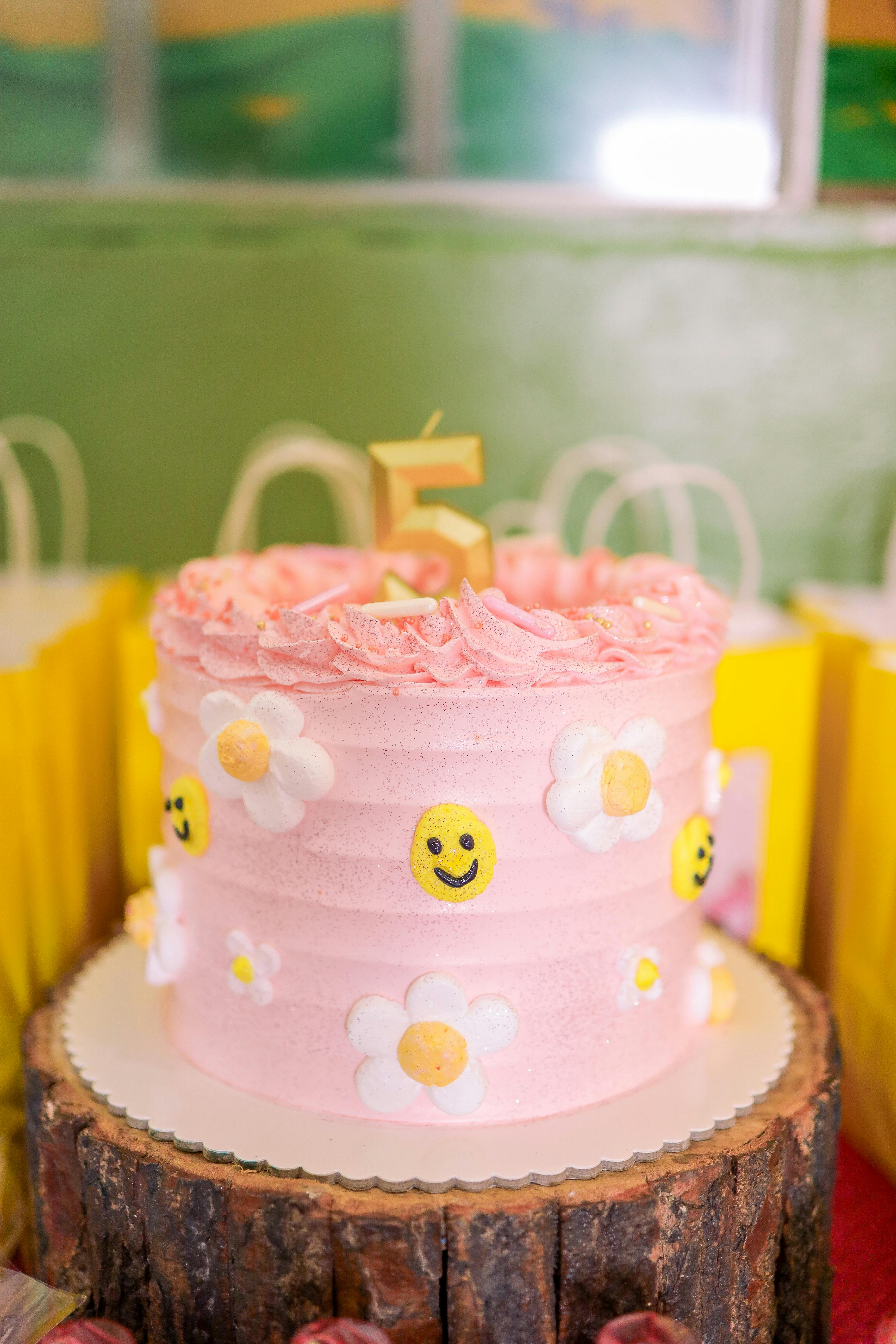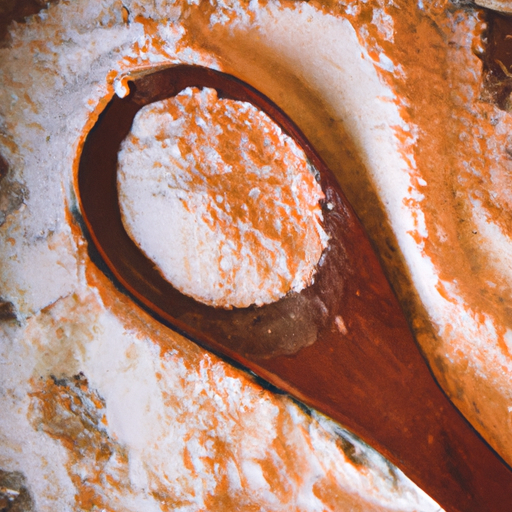Are you a beginner in the world of baking? Don’t worry, we’ve got you covered! In our article, “Baking Essentials: Tips for Novice Bakers,” we provide you with valuable insights and expert tips to help you navigate the wonderful world of baking with confidence. Whether you’re a complete beginner or just looking to brush up on your baking skills, our comprehensive guide will equip you with the essential knowledge and techniques you need to create delicious baked goods. Say goodbye to soggy bottoms and sunken cakes, and hello to perfectly golden crusts and fluffy textures. Let’s get baking!

Choosing the Right Ingredients
Baking is all about using the right ingredients to create delicious and delectable treats. The quality of the ingredients you choose can make a significant difference in the final outcome of your baked goods. Using high-quality ingredients ensures that your treats are flavorful, moist, and tender.
When it comes to flour, it is essential to understand the different types available and their varying characteristics. All-purpose flour is the most commonly used type and is suitable for a wide range of baked goods. However, if you are looking for a lighter texture, cake flour is a great option. Whole wheat flour is a healthier alternative that adds a nutty flavor and extra fiber to your baked goods.
In addition to flour, sweeteners play a crucial role in baking. White sugar is the most common sweetener, but there are many other options available, such as brown sugar, honey, and maple syrup. Each sweetener imparts a unique flavor and texture, so choose the one that best complements your recipe.
Spices are another essential ingredient in baking as they add depth and flavor to your treats. Cinnamon, nutmeg, cardamom, and vanilla are popular spices that enhance the taste of cakes, cookies, and bread. Always use fresh spices for the best flavor and aroma.
Measuring and Weighing Ingredients
Accurate measurements are vital in baking to ensure that your recipes turn out as intended. Even a slight variation in measurements can affect the outcome of your baked goods. It is crucial to use the appropriate measuring tools and techniques.
Various measuring tools are available, such as measuring cups and spoons. When measuring dry ingredients, spoon them into the measuring cup and level off the excess with a straight edge. For liquids, use a clear measuring cup with markings for accurate measurements.
Weighing ingredients on a kitchen scale is another reliable method to achieve precise measurements. Using weight measurements is especially crucial when it comes to ingredients like flour, where the density can vary. A kitchen scale removes any guesswork and ensures consistency in your baking.

Understanding Baking Terminology
Before you embark on your baking journey, familiarize yourself with common baking terms and their definitions. Understanding baking terminology will help you follow recipes accurately and execute different baking techniques effectively.
Some common baking terms include creaming, which is the process of beating butter and sugar together until light and fluffy. Incorporating air into the mixture results in a tender and moist baked good. Beating eggs involves whisking them until they become light and frothy, adding volume to the batter.
Folding is a technique used to combine ingredients without deflating the mixture. This gentle technique is used when incorporating whipped cream, whipped egg whites, or delicate ingredients into the batter.
When working with yeast doughs, it is crucial to understand terms like proofing, which involves activating the yeast by dissolving it in warm water and sugar. Leavening agents, such as baking powder and baking soda, are essential in baking as they create the rise in your baked goods.
Preparing the Baking Equipment
Having the right baking tools and equipment is essential for successful baking. Some essential tools include measuring cups and spoons, mixing bowls, whisks, spatulas, baking pans, parchment paper, and a stand mixer. These tools will help you measure ingredients accurately, mix batters thoroughly, and bake your treats to perfection.
Proper cleaning and maintenance of your baking equipment is crucial to ensure that your tools last longer and maintain their functionality. Always wash your equipment with warm, soapy water after each use, and dry them thoroughly to prevent rust or corrosion. Some tools may also require specific maintenance, such as sharpening knives or greasing baking pans.
Organizing your baking supplies will make your baking process more efficient and enjoyable. Keep your ingredients neatly arranged in a pantry or cabinet, and store your tools and equipment in easily accessible drawers or cabinets. Labeling containers and arranging items by category will help you find what you need quickly.

Mastering Basic Baking Techniques
Mastering basic baking techniques is the key to creating delicious and visually appealing treats. Creaming butter and sugar together is a fundamental technique used in many baked goods, such as cookies and cakes. It incorporates air into the mixture, resulting in a light and fluffy texture.
Beating eggs is another technique that adds volume and structure to your batters. Whisk the eggs until they become light and frothy, and gradually incorporate them into your mixture. This step is crucial for creating moist and tender baked goods.
Folding and mixing batter is a technique used to combine ingredients without overmixing and deflating the mixture. Use a spatula to gently incorporate whipped cream, whipped egg whites, or delicate ingredients into the batter. This technique ensures an even distribution of ingredients and maintains the desired texture.
Working with yeast dough can be intimidating for novice bakers, but with practice, it becomes easier. Understanding the proofing process, where yeast is activated by warm water and sugar, is crucial for successful yeast baking. Kneading the dough thoroughly helps develop gluten and creates a light and airy texture in your bread.
Understanding leavening agents, such as baking powder and baking soda, is also essential. Baking soda requires an acidic ingredient to activate, while baking powder is a combination of baking soda and acid. Using these leavening agents correctly ensures that your baked goods rise properly.
Exploring Different Baking Methods
There are various baking methods you can explore to create a wide range of baked goods. Baking in conventional ovens is the most common method, where heat is evenly distributed from the bottom and top elements. This method is suitable for a variety of baked goods, from cookies to cakes.
Convection ovens are a popular option that uses a fan to circulate hot air around the food. This method provides even and faster cooking, resulting in beautifully browned and evenly cooked treats. Convection ovens are ideal for baking delicate pastries and achieving a crisp exterior.
Slow cooking and crockpot baking are techniques that require longer cooking times at lower temperatures. These methods are perfect for baking moist and tender cakes, custards, and bread pudding. The slow and gentle heat ensures that your treats are cooked evenly and have a melt-in-your-mouth texture.
Grilling and outdoor baking are excellent options for those who enjoy baking in an outdoor setting. Grilling can be done using a charcoal or gas grill and is suitable for baking pizza, bread, and even desserts. Outdoor baking with a Dutch oven or campfire allows you to bake a wide range of treats, from bread to cobblers.
Understanding Oven Temperatures
Understanding oven temperatures is crucial to ensure that your baked goods are cooked to perfection. Most recipes specify baking temperatures in Fahrenheit, but it is essential to understand how to convert them to Celsius if needed.
Using an oven thermometer is highly recommended to ensure that your oven is accurate and maintains the desired temperature. Oven thermostats can vary, and an oven thermometer helps you adjust accordingly. Place the thermometer in the center of the oven for an accurate reading.
Adjusting baking time and temperatures may be necessary depending on your oven and the size of your baked goods. If you notice that your treats are browning too quickly or not browning enough, adjust the temperature accordingly. Similarly, if your cake is not baking through in the specified time, you may need to extend the baking time.
Troubleshooting Baking Problems
As a novice baker, you may encounter some common baking mistakes along the way. Understanding these mistakes and how to fix them will help you overcome obstacles and achieve baking success.
One common mistake is overmixing the batter, which can result in dense and tough baked goods. To avoid this, mix the batter until just combined and no streaks of dry ingredients remain.
Flat cakes with sunken centers can be a common baking problem. This may be due to overbeating the butter and sugar, overmixing the batter, or using expired leavening agents. To fix this issue, be mindful of proper creaming and mixing techniques, and ensure that your leavening agents are fresh and active.
Dry and crumbly texture in baked goods can occur due to overbaking or using too much flour. To prevent this, make sure to follow the recommended baking time and check for doneness with a toothpick or skewer. Additionally, measure your flour accurately by spooning it into the measuring cup and leveling off the excess.
Decorating and Presenting Baked Goods
The presentation of your baked goods is just as important as their taste. Decorating your treats allows you to showcase your creativity and make them visually appealing for any occasion.
Some essential decorating tools include piping bags, decorating tips, offset spatulas, and a palette knife. These tools will help you create intricate designs, smooth icing, and beautifully piped decorations. Experiment with different techniques, such as piping flowers or creating intricate patterns, to enhance the visual appeal of your baked goods.
Working with fondant and icing is another way to take your decorating skills to the next level. Fondant is a pliable icing that can be rolled and shaped to cover cakes and create decorative accents. Icing, on the other hand, is a sweet and spreadable frosting that can be used to cover cakes or pipe intricate designs.
Creating beautiful cake designs requires patience, practice, and attention to detail. Use a cake turntable to easily rotate the cake and achieve smooth and even icing. Experiment with different frosting techniques, such as the classic buttercream or the delicate Swiss meringue buttercream, to create stunning finishes.
When presenting your baked goods, consider the occasion and theme. Use cake stands, serving platters, and cake boards to elevate your treats and make them the centerpiece of your dessert table. Garnish your baked goods with fresh fruits, edible flowers, or chocolate shavings to add a touch of elegance.
Storing and Preserving Baked Goods
Proper storage and preservation are essential to ensure the longevity and freshness of your baked goods. Using appropriate storage containers and methods will help maintain their taste and texture for a longer period.
Choose airtight containers or resealable bags to store your baked goods. This helps retain moisture and prevents them from drying out. Keep cookies and other small treats in stacked containers, separating each layer with parchment paper to prevent sticking.
If you have baked a larger cake or bread that needs to be stored for an extended period, consider freezing it. Properly wrap your baked goods in plastic wrap and then place them in freezer-safe bags or containers. This method helps preserve their freshness and flavor for up to a few months.
When you are ready to enjoy your frozen baked goods, thaw them in the refrigerator or at room temperature. This gradual thawing process helps them retain their moisture and prevents any condensation from forming. Refreshing stale baked goods can be done by placing them in a 250°F oven for a few minutes to revive their texture and taste.
With these comprehensive tips and techniques, you are now well-equipped to embark on your baking journey. Remember to choose high-quality ingredients, measure and weigh accurately, understand baking terminology, prepare your equipment, and master basic techniques. Explore different baking methods, understand oven temperatures, troubleshoot common baking problems, and create beautiful and delicious treats. With practice, patience, and a touch of creativity, you will become a confident and skilled baker who can delight friends and family with your delectable creations. Happy baking!

